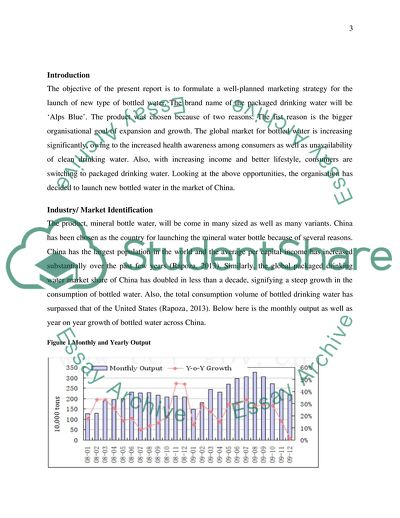Cite this document
(Marketing Strategy and Marketing Campaign of Alps Blue Report, n.d.)
Marketing Strategy and Marketing Campaign of Alps Blue Report. https://studentshare.org/marketing/1835784-marketing-for-a-new-product
Marketing Strategy and Marketing Campaign of Alps Blue Report. https://studentshare.org/marketing/1835784-marketing-for-a-new-product
(Marketing Strategy and Marketing Campaign of Alps Blue Report)
Marketing Strategy and Marketing Campaign of Alps Blue Report. https://studentshare.org/marketing/1835784-marketing-for-a-new-product.
Marketing Strategy and Marketing Campaign of Alps Blue Report. https://studentshare.org/marketing/1835784-marketing-for-a-new-product.
“Marketing Strategy and Marketing Campaign of Alps Blue Report”. https://studentshare.org/marketing/1835784-marketing-for-a-new-product.


